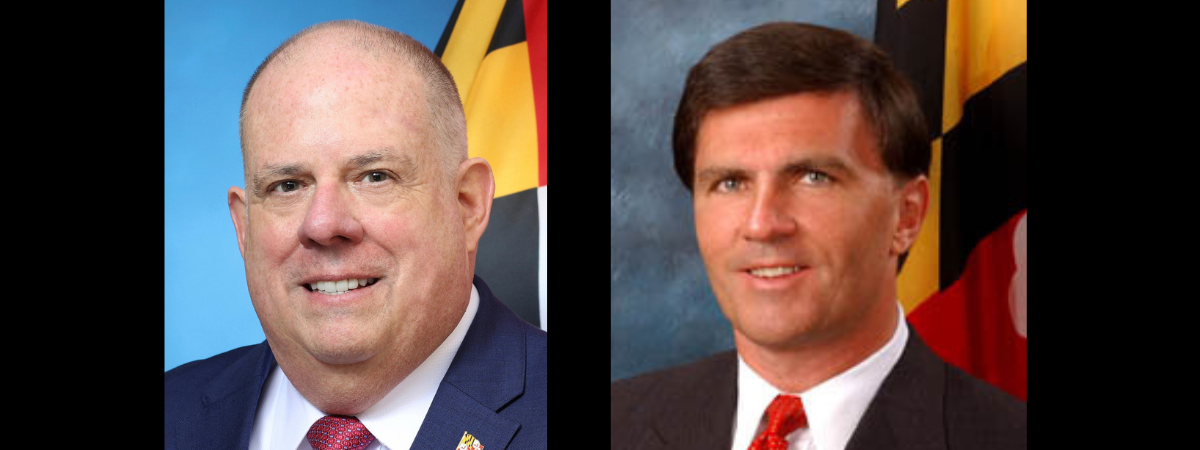Kent County Ceramic Artist Michael Pugh

Michael Pugh grew up in Camarillo in Southern California. Drawn to pottery early, he was mentored by potter James Peters through high school. After studying architecture in Florence, Italy, in 1993-94, he earned a Bachelor of Architecture and a B.A. in History from California Polytechnic State University in Pomona. In 1995, he worked for the Historic American Engineering Record in Huntsville, Ala., to document America’s first rocket test stand.
Pugh pursued a brief career in architectural preservation in Los Angeles, where he became active in the community gardening movement and lived in the Echo Park and East Los Angeles artist communities. After considering joining the Peace Corps, he decided instead to become an urban schoolteacher in the U.S. That choice, he says, led him to teach in several tough public schools, including in the District of Columbia in 2005 and in Baltimore City in 2006.
He taught math and science at the elementary level and founded an architecture program for the Baltimore School of Design in his last year of teaching. He also taught STEM (Science, Technology, Engineering, and Math) education to fellow teachers using a grant from the Johns Hopkins University, earning him a scholarship for graduate work there. As a hobby, he ran a small, part-time storefront pottery studio and shop on Baltimore’s Read St.
Pugh also took night classes in wheel-thrown pottery with Jerry Beaumont in Phoenix, Md. Beaumont was trained in Jugtown Pottery in Seagrove, N.C., and continues the North Carolina-style tradition. Under Beaumont, he refined his craft in traditional pottery of the Mid-Atlantic area, which, he says, has a long history.
In 2017, Pugh moved with his partner, John Schratweiser, to Chestertown on Maryland’s Eastern Shore. He became a full-time potter after holding various local jobs, including nearly a year working at the grain elevator in nearby Lynch.
Schratweiser directs the Kent Cultural Alliance, formerly the Kent County Arts Council. Together, they launched Friendship Farm and Pottery LLC, named for their historic home, pictured below.

Much of Pugh’s work is in red clay from Ohio, with iron added to produce the typical color.

Pugh uses abstract motifs in some of his work. He says they reveal “a corner of his academic pursuits in clay.” These abstract works are “actually based on the 1960s drawings of Chicago architect Walter Netsch for his invention called the Field Theory.” According to Pugh, “Netsch designed some of the most hated brutalist buildings in the Chicago area using his Field Theory.” He further explained, “Theoretically, the objective structure of the grid brings order to our disordered lives and society. For me, the geometric blocks of traditional quilts share a similar ordering system that I was exploring.”
An article in the next edition of Common Sense for the Eastern Shore will focus on Pugh’s recent work memorializing Kent County abolitionists, James and Rebecca Bowers and Harriet Tillison.
A native of Wicomico County, George Shivers holds a doctorate from the University of Maryland and taught in the Foreign Language Dept. of Washington College for 38 years before retiring in 2007. He is also very interested in the history and culture of the Eastern Shore, African American history in particular.
Common Sense for the Eastern Shore











